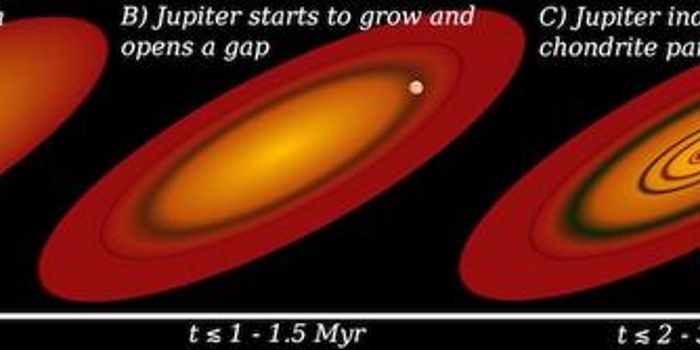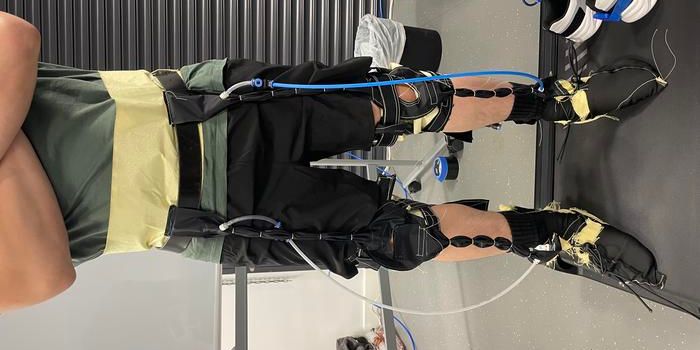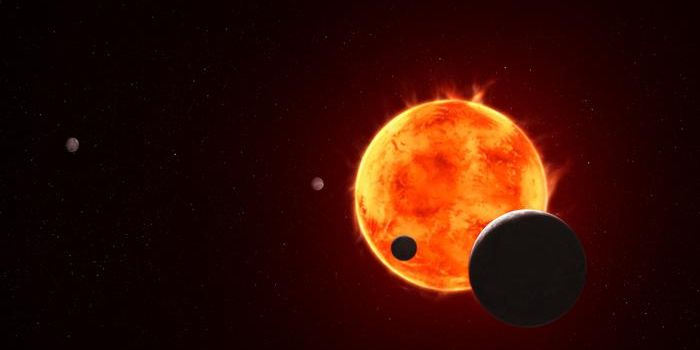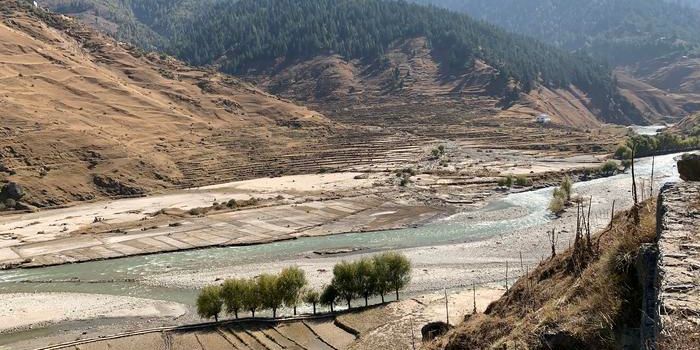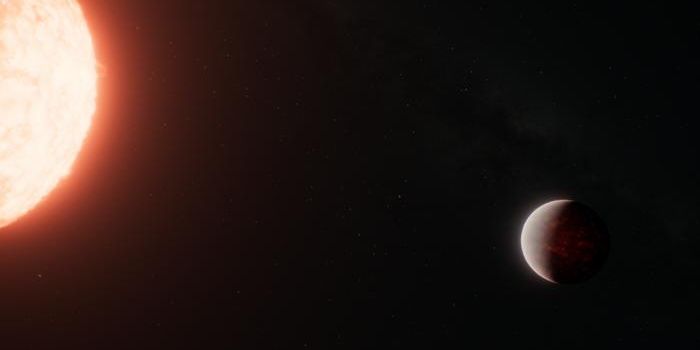Sub-seafloor aquifer discovered along Northeastern US coast
New research reveals the existence of an enormous previously-unidentified sub-seafloor aquifer running along the eastern seaboard from Massachusetts to New Jersey. The results from the survey were published recently in the journal Scientific Reports from researchers at Columbia University's Lamont-Doherty Earth Observatory.
When conducting the survey, the research team utilized electromagnetic waves to map the water. Because salt water is a better conductor of electromagnetic waves than fresh water, the researchers were able to determine any inconsistencies with low conductance as areas with freshwater.
"We knew there was fresh water down there in isolated places, but we did not know the extent or geometry," said lead author Chloe Gustafson. "It could turn out to be an important resource in other parts of the world."
In fact, the size of the aquifer that the team found is indeed ginormous, extending out approximately 50 miles (and in some places even 75 miles!) to the edge of the continental shelf all the way from southern New Jersey to the Massachusetts island of Martha's Vineyard. And instead of isolated pockets, the data shows that the freshwater deposits are likely consistent along not only MA and NJ coasts, but those of Rhode Island, Connecticut and New York, as well. According to Science Daily, an aquifer equivalent to that size on land would create a lake covering roughly 15,000 square miles and holds at least 670 cubic miles of fresh water! And that’s only based on the region that the survey assessed – future surveys could reveal that the aquifer extends even farther to the north and south.
The survey suggests that this newfound aquifer is likely not the only one of its kind, and that if others were to be found, they could provide much needed relief for drought-ridden regions. While the sub-seafloor freshwater closer to land could be ready for consumption, the water further out from shore does get more saline, and so would need to be desalinated. Nevertheless, says study coauthor Kerry Key, a Lamont-Doherty geophysicist, that process would be cheaper than processing seawater. "We probably don't need to do that in this region, but if we can show there are large aquifers in other regions, that might potentially represent a resource" in places like southern California, Australia, the Mideast or Saharan Africa, he said. Key and his colleagues hope to continue their research to find potential other existing sub-seafloor aquifers.
Sources: Science Daily, Scientific Reports


